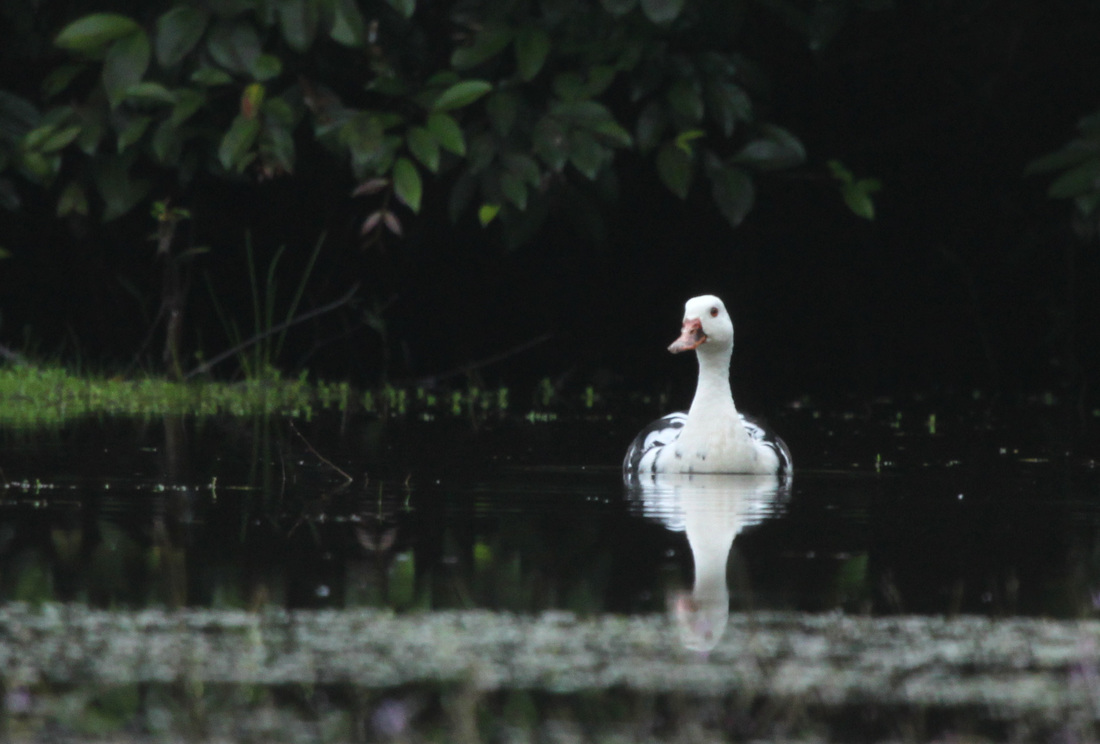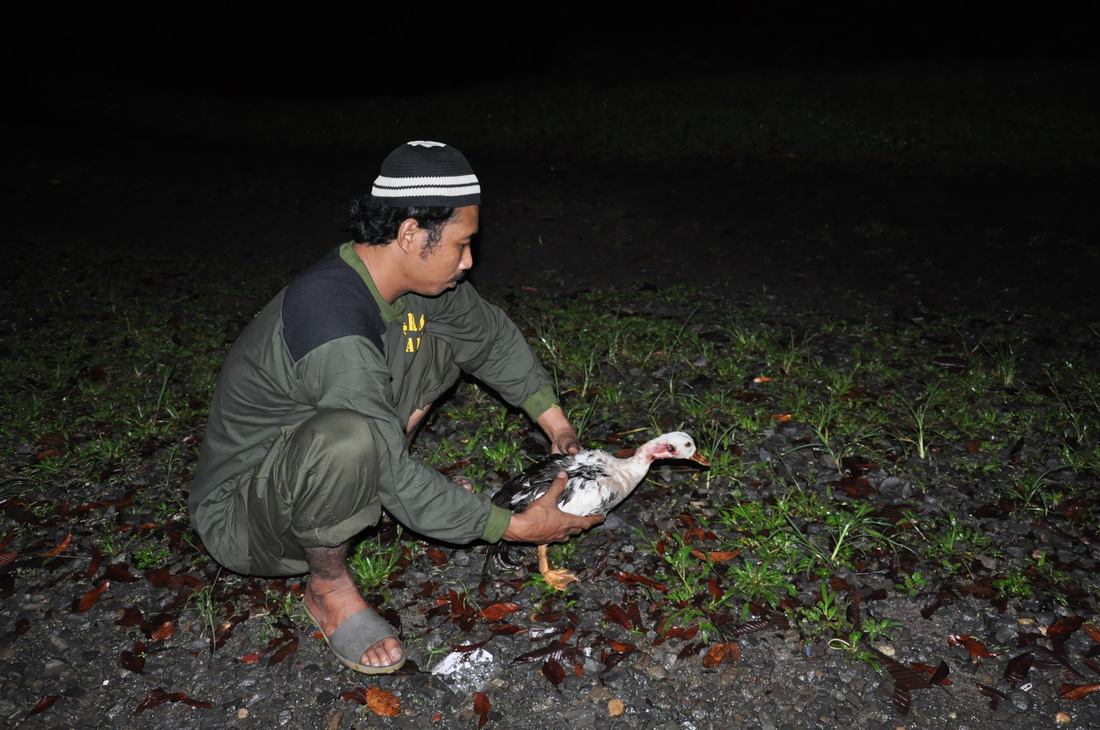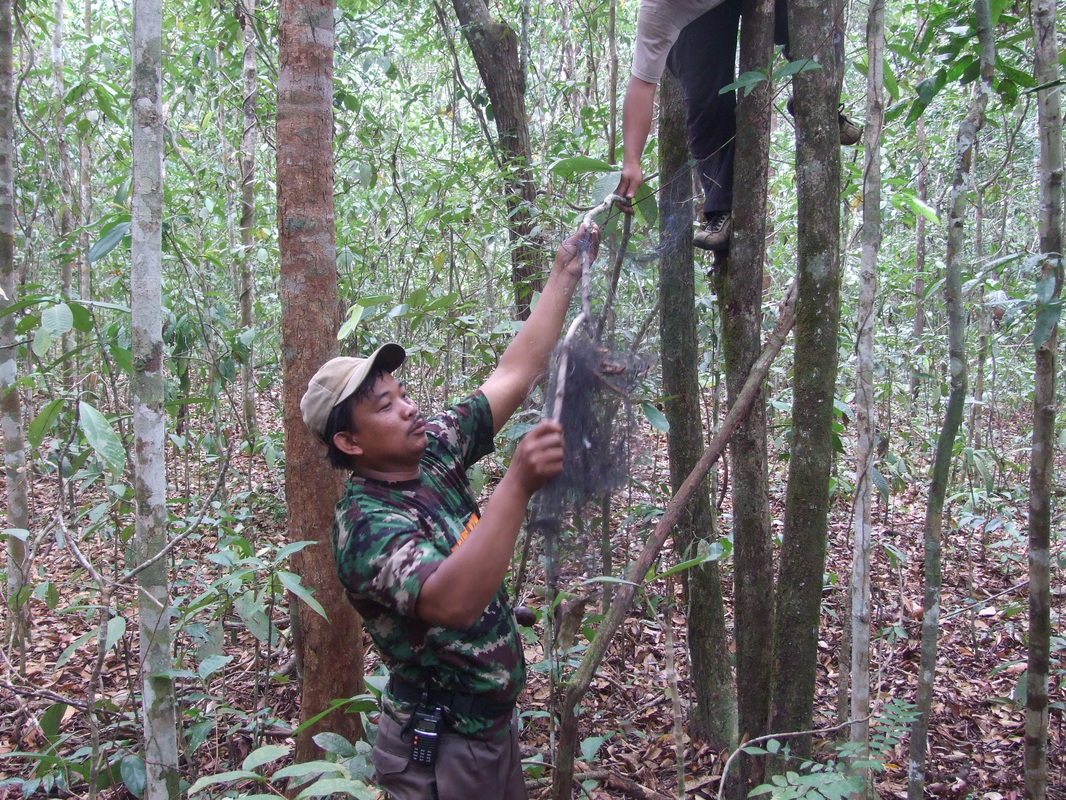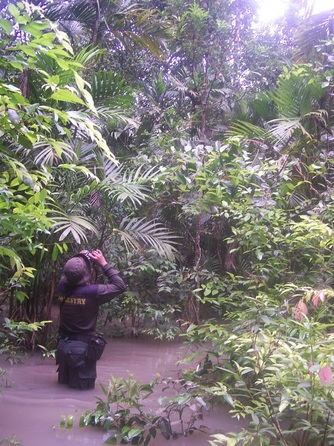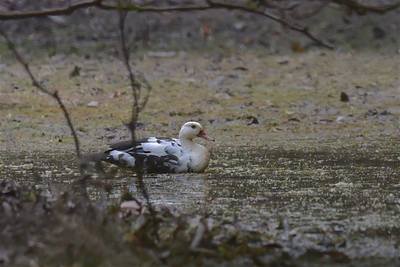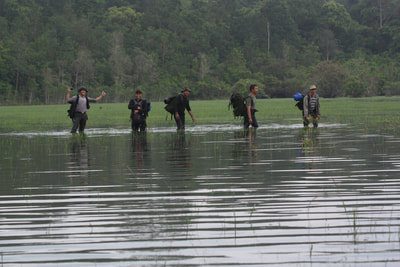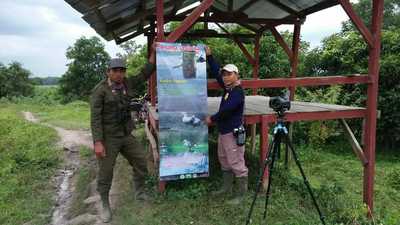Saving the Endangered White-winged Wood Duck
The White-winged Wood Duck (WWD) Cairina (Asarcornis) scutulata is listed as Endangered, with population decreasing (IUCN 2013), due to its very small and fragmented population as well as loss and disturbance of its wetland habitats. This has been further exacerbated by the release into the park of over 100 captive saltwater crocodiles which have been eating the young ducklings.
